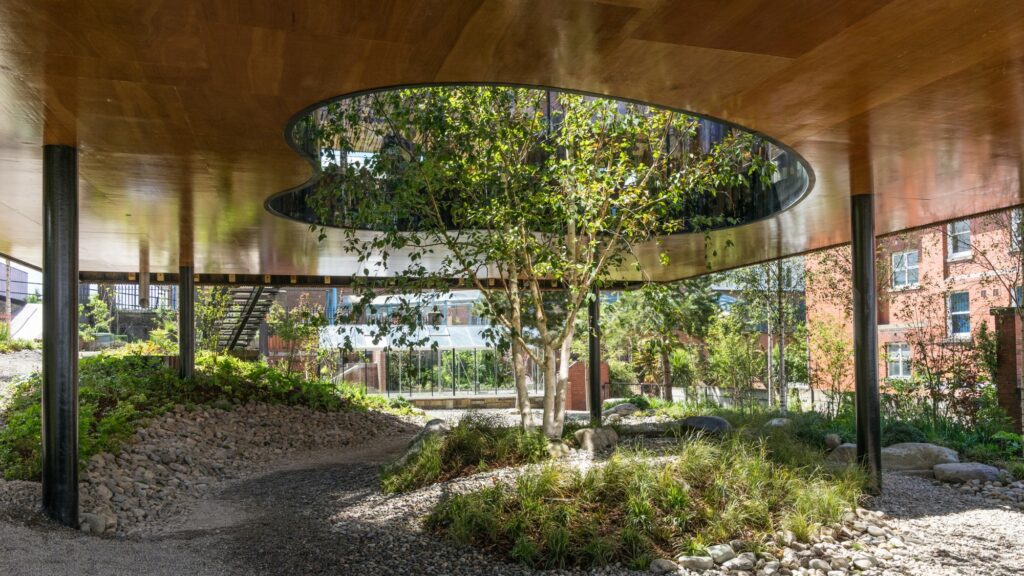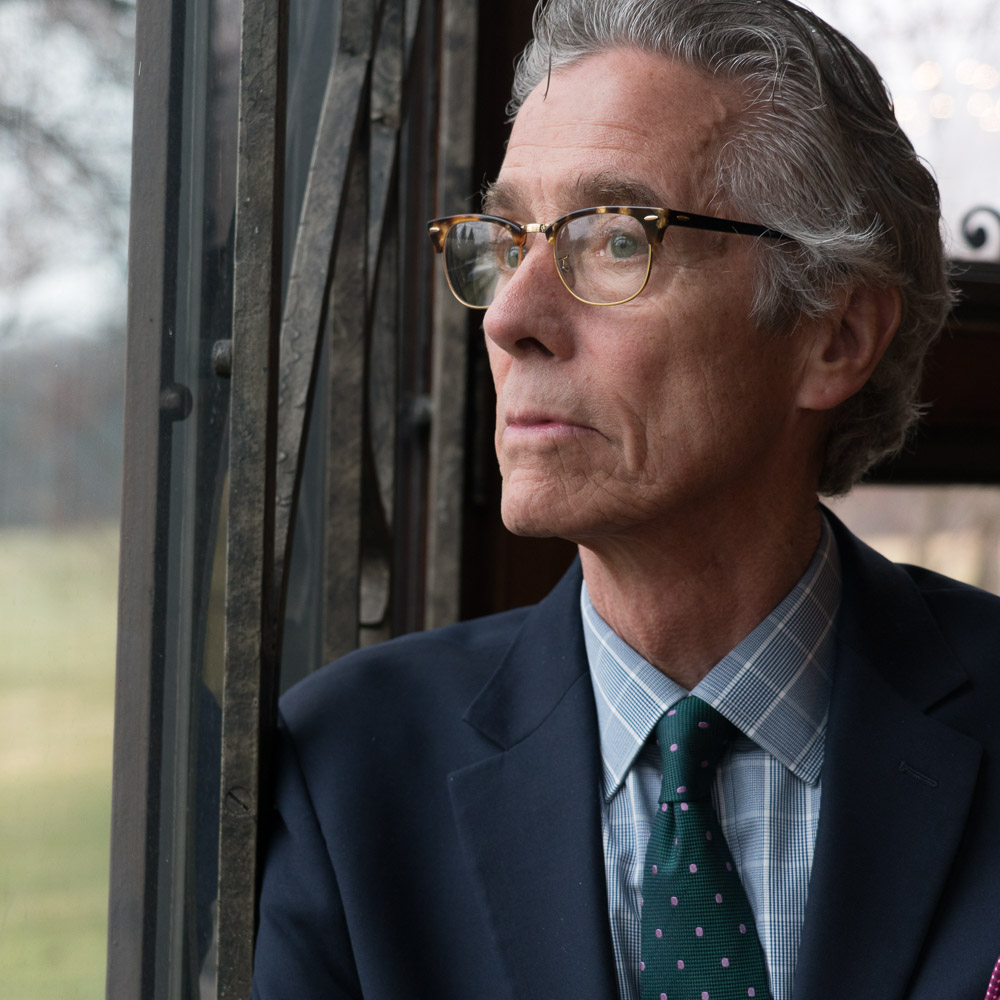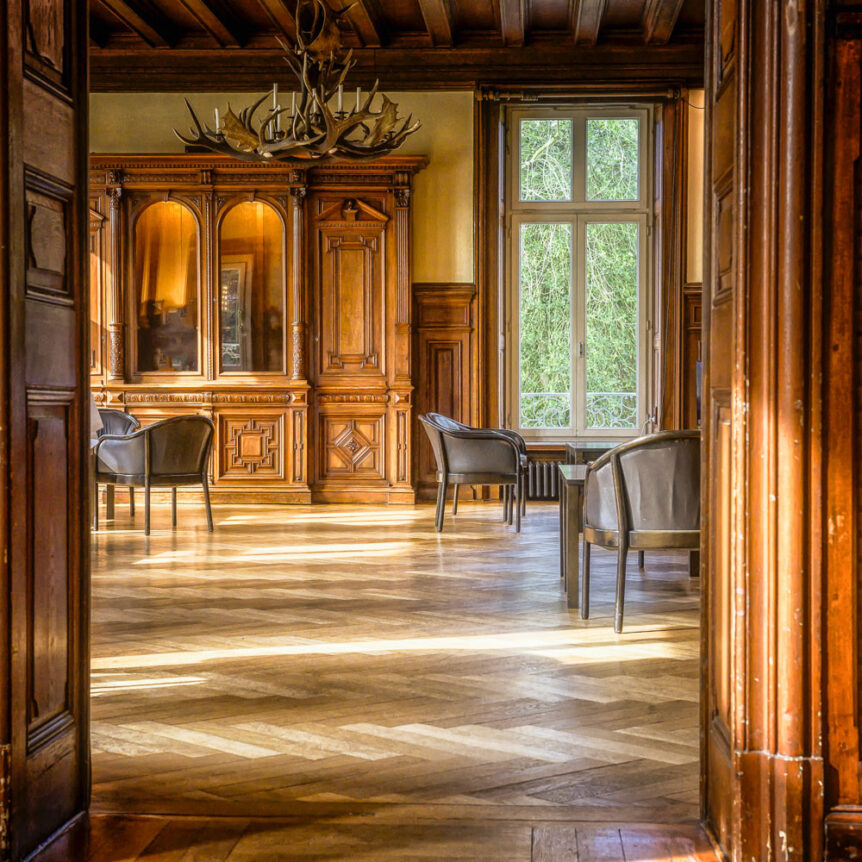The concept of biophilic design is based on the theory that on a cellular level, humans need to connect with nature, especially in our interiors, or “built” environments, where we spend 90% of our time. When we’re connected to nature though natural light and proximity to wood and plant life, our autonomic nervous systems relax to a measurable degree. With that relaxation comes improved health.

I contend that the success of biophilic design springs from the relationship that exists between trees and humans. Humans exhale CO2, while trees inhale that CO2, keeping the carbon and exhaling oxygen. This process is the very definition of symbiosis. It is a fact that CO2 levels in our atmosphere are increasing year to year. Trees can help to keep our atmosphere healthy by reducing some of those greenhouse gasses.
Designing with wood benefits all of us, whether it is in the home, workplace, school, library or health care facility.

Cancer is overwhelming and highly stressful. In 2013 and 2015 I was diagnosed with two different cancers.
My first successful battle with cancer took place in a traditionally sterile hospital setting and the second took place in a hospital that incorporated biophilic design. I learned from personal experience that we do yearn to connect with trees and nature, especially when fighting a disease as serious as cancer.
After these two health crises my professional focus shifted to include the benefits of incorporating wood in the design of health care environments.
Every year more and more health care facilities are using hardwood in their interior design like Maggie’s Cancer Centres in the U.K. Their 22 centers exemplify biophilic design with the comfort and support of cancer patients, families and loved ones firmly in mind. The idea is to connect everyone with nature to reduce the stress associated with the disease.
By bringing nature into our built environments through biophilic design we can reaffirm our symbiotic relationship with trees and reduce stress in our lives.

